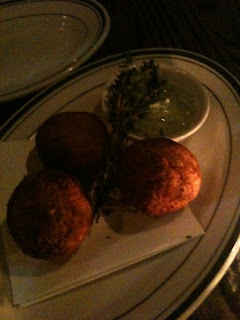Now, a review without photos may well seem ill-judged, like Eric without Ernie, a Big Mac without fries, or Nick without David. Odder even than these split pairs though, is the notion of curry without butter, ghee or cream. Surely fat is one of the most important things in good curry dishes.
The Indali Lounge claims to be the ‘healthiest restaurant in London’. It may very well be, though it should be asked why any restaurant, and especially a curry house, would want such an accolade. After all, I can boil my own lentils.
It wears its healthy credentials incredibly heavily too. Dishes are routinely described as ‘low fat’, while the menu makes a point of highlighting that only a smidgeon of olive or sunflower oil will have been used, and then only when absolutely necessary. To someone who believes food should be tasty first and foremost, this seems like mistaking a negative for a selling point, but I realise others may see things differently.
Anyway, to the food. Most of it was decent enough, though the complimentary amuse bouche, of vegetable soup, failed to inspire. Lean, sprightly poppadum crisps and light fruit chutneys made up for it. Kandari chicken malai tikka was moist and tangy with ginger; lamb sheesh, a little dry. A third starter, of soft shell crab, was full of coconut and mustard flavour, and delicious.
Mains were variable. Mine, a lamb biryani, could have done with more fat. The flavours were all there, but the dish was dry in the extreme. I failed to finish it, in an almost unprecedented dereliction of duty. A rather good lamb rogan josh and a tasteless paneer and pea, with no power in the paneer nor perk in the peas, made up the mains.
Black daal was suitably earthy but not buttery enough (not buttery at all, in fact). Dishoom does this dish far better. Perhaps most bizarre were the naan breads, made of wholemeal flour and oats. Though surprisingly palatable, they would have been better with more fat and less roughage. A crumbly texture doesn’t really work with naan.
The service was patchy, with long waits for a jug of water and difficulties securing drinks orders, but otherwise friendly enough, even if the decision to plonk a laminated testimonial from Channel 4 down on the table midway through the meal seemed eccentric. With mains at between £8.50 and about £13, it’s a little more pricey than it should be, though not extremely so. I enjoyed my meal, though I suspect the company, not the food, was responsible for that. If you’re stuck for options, or stuck with a health freak, you could do much worse. Otherwise, Indali Lounge is to be recommended mainly for its novelty.
Phil Letts’ take: 5/10


















































